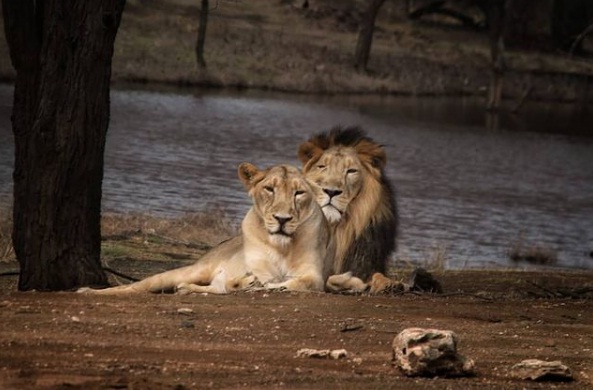United States
The history of the United States is a complex and fascinating journey that begins long before its official founding. Here's an overview of the key events and periods in the history of the United States:
1. Pre-Colonial Era: Before European exploration and colonization, Native American civilizations thrived across the North American continent. Diverse cultures and societies developed, with various tribes living off the land and engaging in trade and cultural exchange.
2. European Exploration and Colonization: In the late 15th and early 16th centuries, European explorers, including Christopher Columbus, explored the Americas. In 1607, the English established the first successful English colony at Jamestown, Virginia. Over the following centuries, other European powers, including the French and the Dutch, established colonies along the eastern seaboard.
3. Colonial Period: The 13 original colonies, including Massachusetts, Virginia, Pennsylvania, and New York, were established during this period. They were subject to British rule and influenced by European Enlightenment ideas.
4. American Revolution (1775-1783): Tensions between the American colonists and the British government escalated, leading to the American Revolutionary War. On July 4, 1776, the Second Continental Congress adopted the Declaration of Independence, proclaiming the United States' independence from British rule.
5. Formation of a New Nation: After the American Revolution, the United States became an independent nation. The Articles of Confederation served as the first constitution, but it proved ineffective, leading to the Constitutional Convention in 1787. The result was the United States Constitution, which established a federal system of government.
6. Westward Expansion: In the 19th century, the United States expanded westward, acquiring territory through treaties, purchases (such as the Louisiana Purchase), and military conquests. This expansion led to conflicts with Native American tribes and other countries, including Mexico.
7. Civil War (1861-1865): The issue of slavery became a major point of contention between Northern and Southern states, culminating in the American Civil War. The Northern states, or Union, fought against the secessionist Southern states, or Confederacy. The war resulted in the abolition of slavery and a reuniting of the nation.
8. Industrialization and Immigration: The late 19th and early 20th centuries saw rapid industrialization and a massive influx of immigrants from various countries seeking economic opportunities in the United States.
9. World Wars and Global Influence: The United States played a significant role in both World War I and World War II, emerging as a global superpower. It was also instrumental in the reconstruction of Europe after World War II through initiatives like the Marshall Plan.
10. Civil Rights Movement: In the mid-20th century, the Civil Rights Movement sought to end racial segregation and discrimination in the United States, leading to landmark legislation like the Civil Rights Act of 1964 and the Voting Rights Act of 1965.
11. Contemporary America: The United States continues to evolve and face various challenges and opportunities in the modern era. It remains a diverse and dynamic nation, known for its technological innovations, cultural contributions, and democratic principles.
The history of the United States is a tapestry of triumphs, struggles, and transformations, shaping the nation into what it is today—a land of freedom, democracy, and diverse cultures. The legacy of its history continues to influence its present and will undoubtedly shape its future.
-: Attractions of the United States :-
The United States is a vast country with a diverse range of attractions. Here are some of the most popular ones:
National Parks: The U.S. is home to stunning national parks, such as Yellowstone, Grand Canyon, Yosemite, and Zion, offering breathtaking landscapes and opportunities for outdoor activities.
Landmarks and Monuments: Iconic landmarks like the Statue of Liberty, Mount Rushmore, the Golden Gate Bridge, and the Washington Monument attract millions of visitors each year.
Cities: Major cities like New York City, Los Angeles, Chicago, and San Francisco offer vibrant culture, entertainment, shopping, and diverse culinary scenes.
Theme Parks: World-famous theme parks like Walt Disney World, Universal Studios, and Disneyland provide fun and excitement for visitors of all ages.
Historic Sites: Historical sites like Independence Hall, Gettysburg Battlefield, and the Freedom Trail in Boston offer a glimpse into the nation's past.
-: Culture of the United States :-
The culture of the United States is characterized by its diversity, influenced by various immigrant groups and the coexistence of different customs and traditions. Some key aspects of American culture include:
Melting Pot: The United States is often referred to as a "melting pot" due to its cultural diversity. Immigrants from all over the world have contributed to the nation's cultural tapestry.
Arts and Entertainment: American culture has had a significant impact on the global entertainment industry, with Hollywood being the center of the film industry. American music, literature, and art have also left a lasting mark on the world.
Sports: Sports are an essential part of American culture. Major sports leagues like the NFL (football), MLB (baseball), NBA (basketball), and NHL (hockey) have a massive following.
Cuisine: American cuisine is a fusion of diverse culinary traditions from around the world. Each region has its own signature dishes, and fast food has become a prominent aspect of American eating habits.
Patriotism: Patriotism and national pride are strong cultural elements in the United States, often expressed through national holidays, symbols like the American flag, and respect for veterans.
-: Fascinating Fact about the United States :-
The United States is the birthplace of the internet. ARPANET, the precursor to the modern internet, was developed by the United States Department of Defense's Advanced Research Projects Agency (ARPA) in the 1960s. It was created as a way for computers to communicate and share information, leading to the development of the global internet we use today. The first message sent over ARPANET on October 29, 1969, was the word "LOGIN," which only managed to send the letters "L" and "O" before the system crashed. Nevertheless, this marked the beginning of the internet revolution, transforming how people around the world communicate and access information.





0 Comments